Taking a trip this summer to the beaches along New Jersey, Delaware, Maryland, or North Carolina? Don’t forget there is a lot to see beyond the sea. Late last month my family and I were back home briefly and decided to check out the Nature Center of Cape May. It was the perfect venue to brush up on some local natural history, view wildlife over the Harbor (with a pair of their lender binoculars), get an up close look at some terrapins and snakes, check out the colors in one of the multiple butterfly gardens, and even had time to get creative at the arts & crafts table. What is your favorite nature center spot at home or on vacation to the shore?
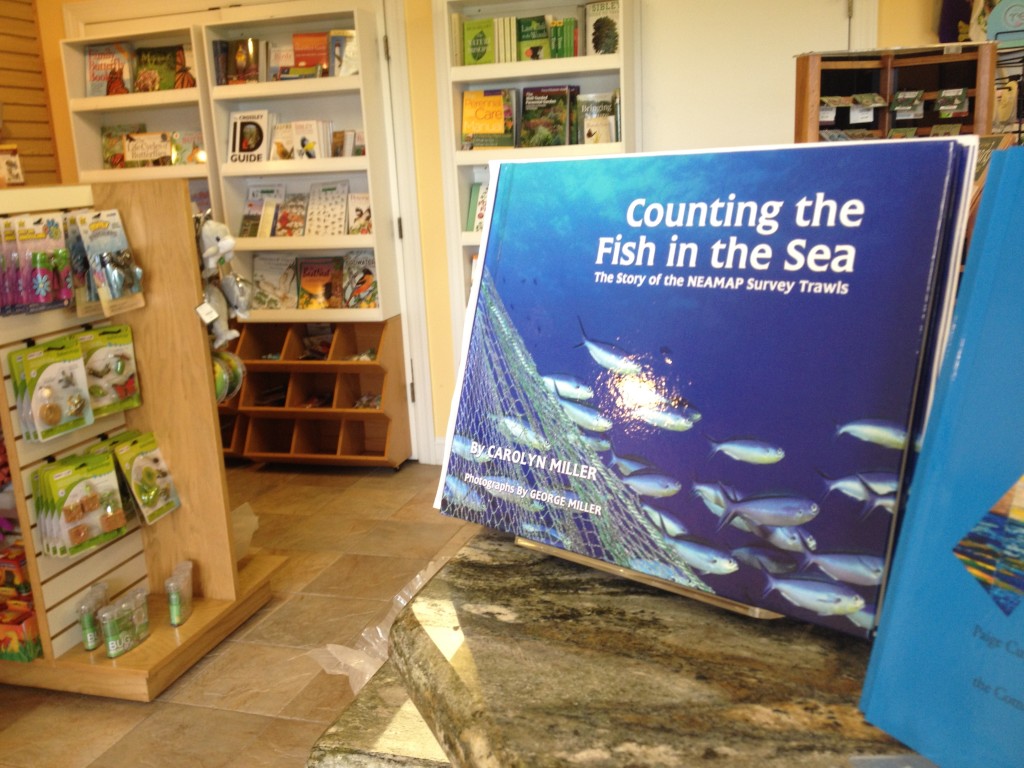
The Nature Center of Cape May is free admission, but they bring in funds through fundraising events, summer camp, and the gift store.
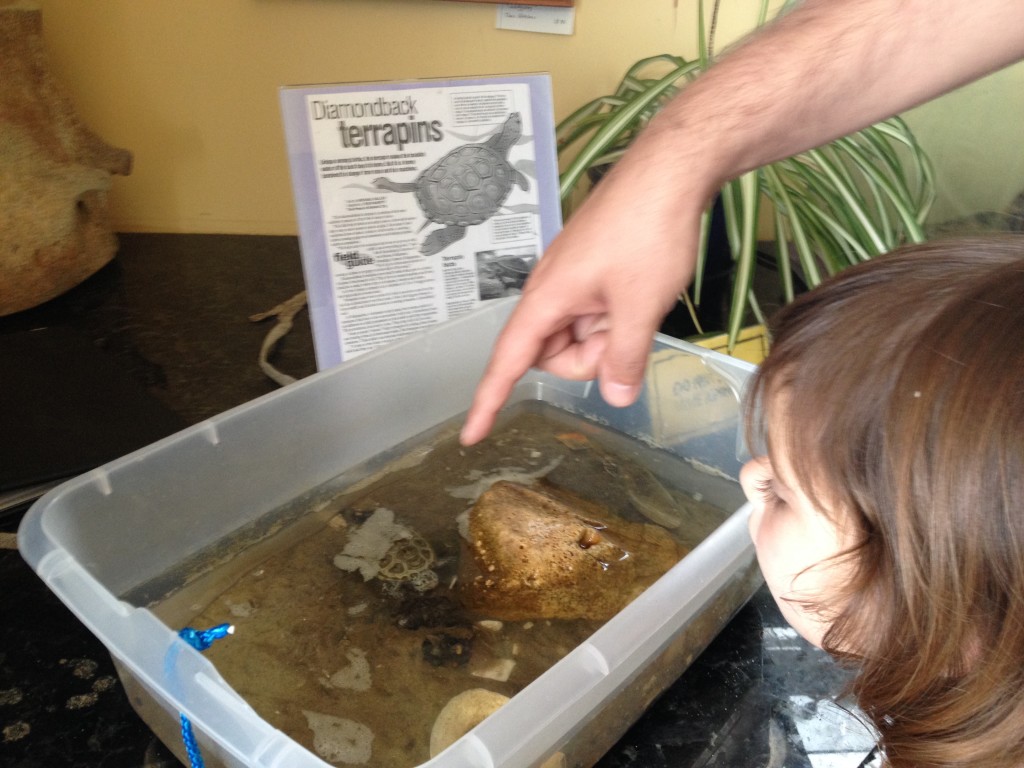
We had fun looking at the terrapins. To learn more on them check out this post from last summer: http://beachchairscientist.com/2013/06/25/12-truths-about-diamondback-terrapins-please-see-8/
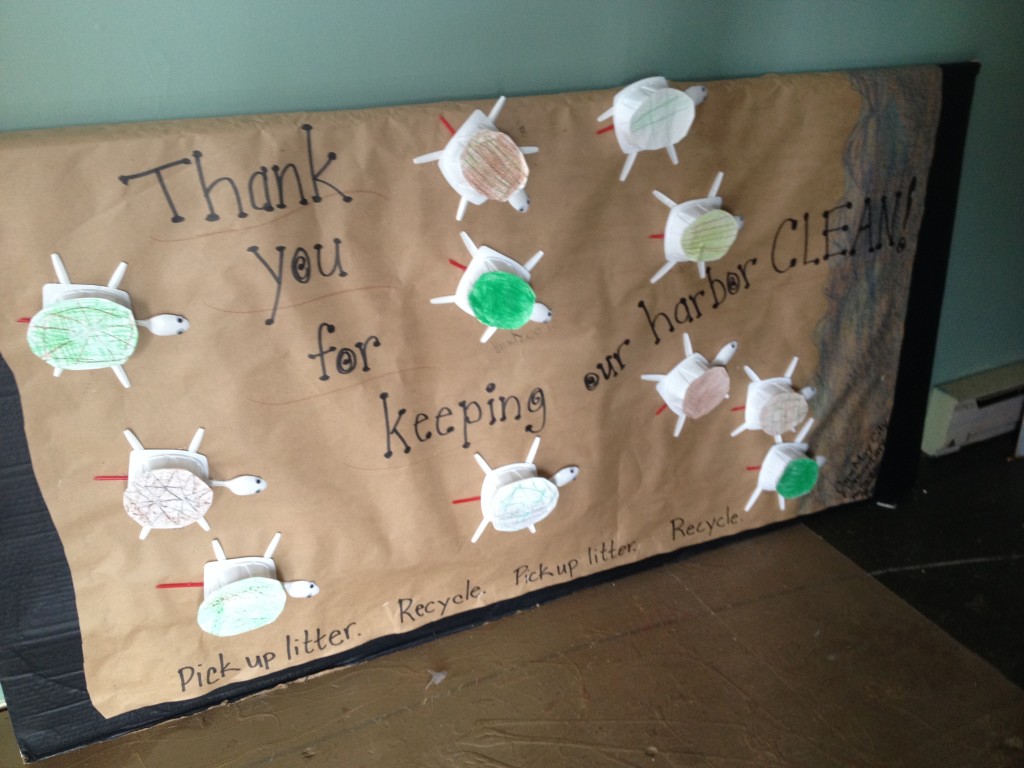
A mural, made by the summer campers, reminds everyone it’s important to go slow on the causeways this time of year.
The mission of the Nature Center of Cape May focuses in providing quality environmental education experiences, encouraging stewardship of the harbor area and other natural areas, and promoting volunteerism as a rewarding means of community involvement and service.
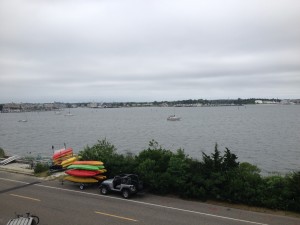

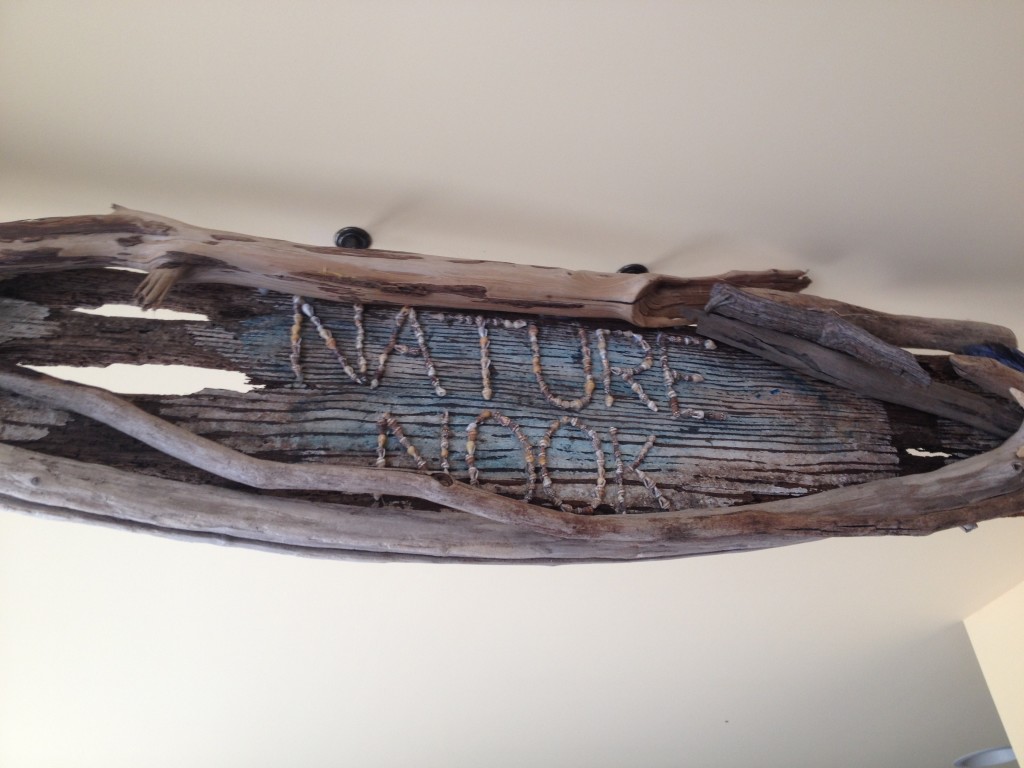
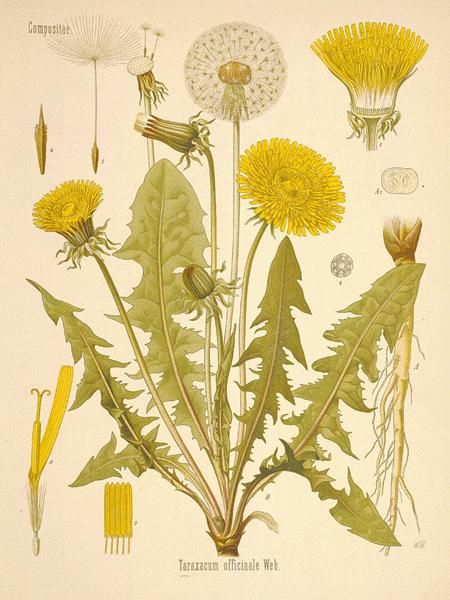


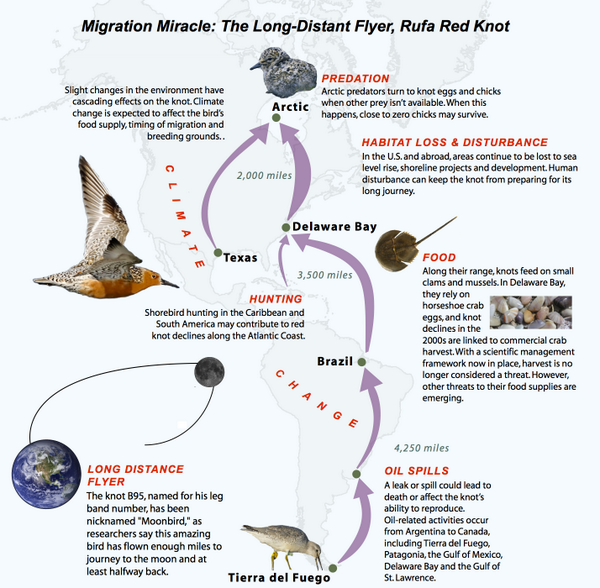
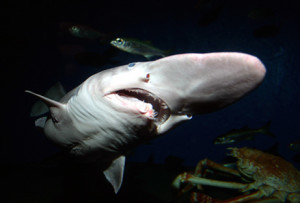

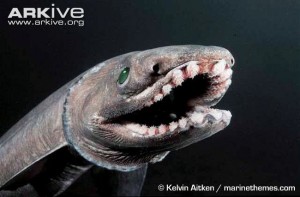
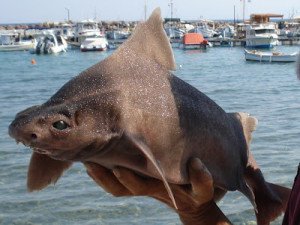
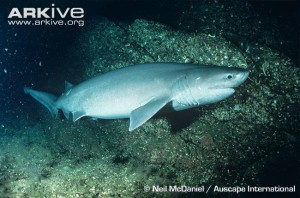
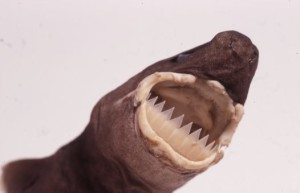
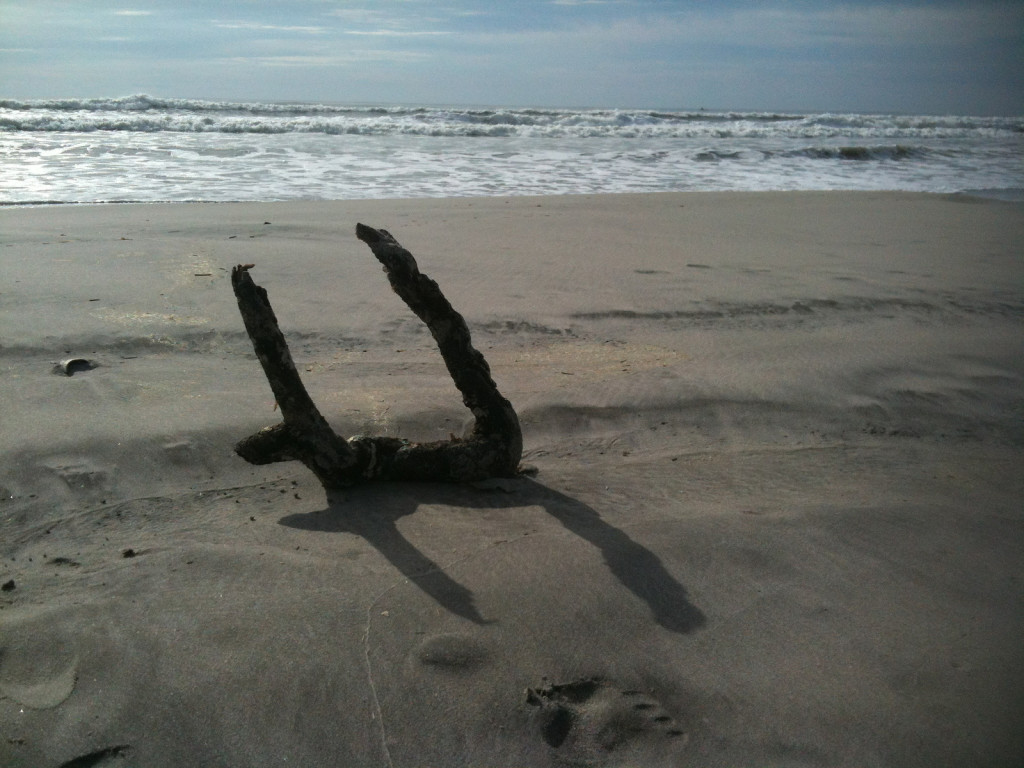

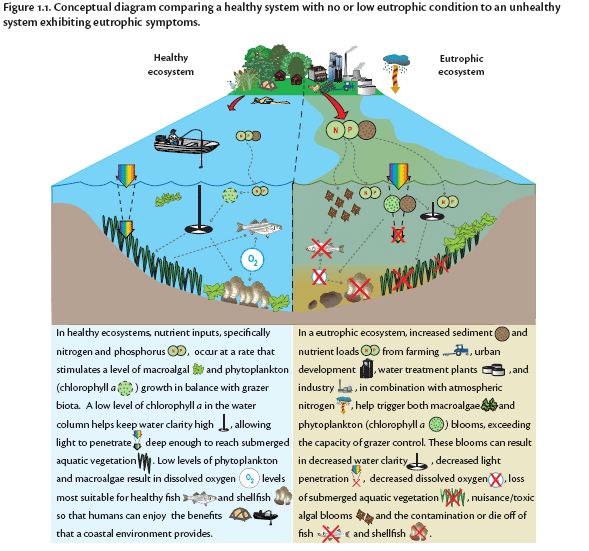
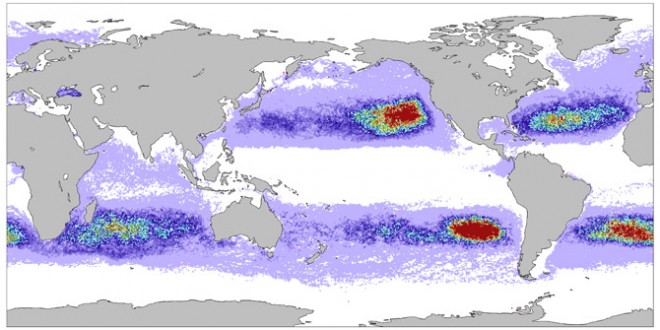
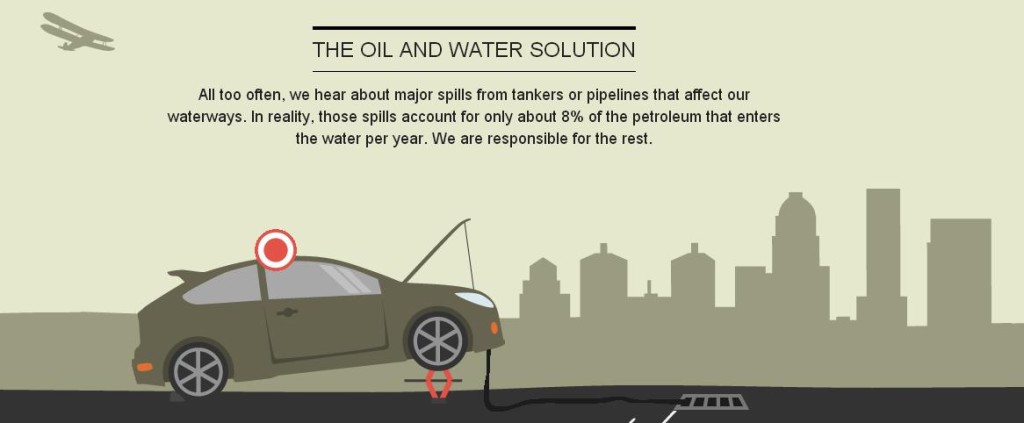







What people are saying …